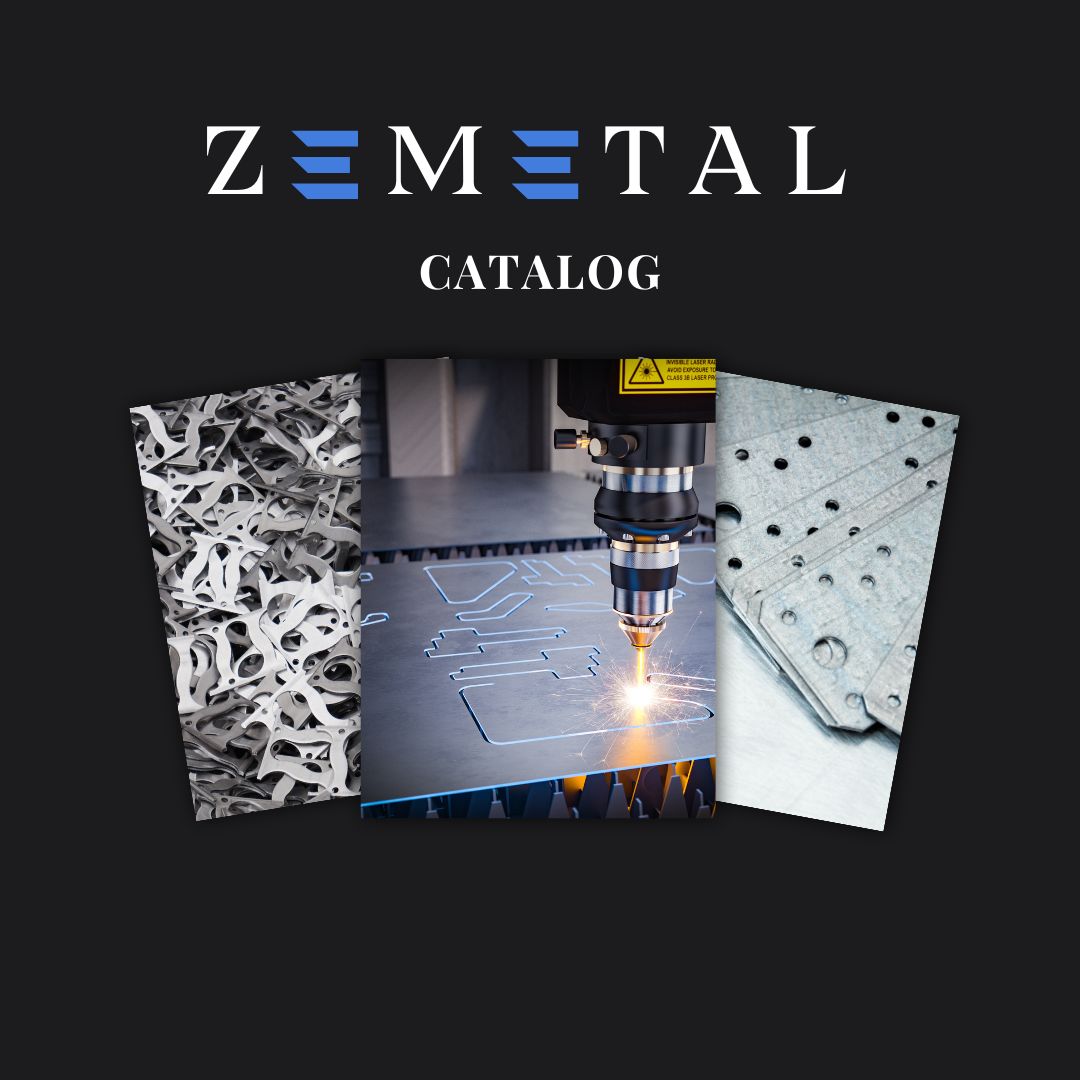Have you considered how chrome and nickel plating can transform your products? Uncover the key benefits and applications of these essential finishing processes in enhancing product durability and appeal.
With years of expertise in metal surface treatments, our insights offer a comprehensive understanding of these plating techniques, ensuring you stay ahead in the industry.
Chrome and nickel plating are not merely surface finishes; they are essential to improving the functionality and lifespan of metal products, marking a significant impact on manufacturing quality and efficiency.
In this guide, we will explore the details of chrome and nickel plating, covering everything from basic principles to advanced applications and maintenance techniques.
Read on to uncover the secrets of these game-changing finishes.
1. Basics of Chrome and Nickel Plating
Chrome plating is a process that applies a thin chrome layer onto various metal surfaces, resulting in a shiny, reflective appearance. This method is not only in high demand for its aesthetic qualities but also for the protective attributes it creates to the underlying metal. Nickel plating, offering a more subtle and matte finish, is similarly applied, prioritizing protection and extending the longevity of metal products.
Both chrome and nickel plating play crucial roles in enhancing metal durability. Chrome plating is particularly valuable in settings where visual appeal and resistance to corrosion are crucial. Nickel plating, renowned for its resilience, is frequently used in situations where metal products endure tough usage or harsh environments, protecting them from damage and deterioration.
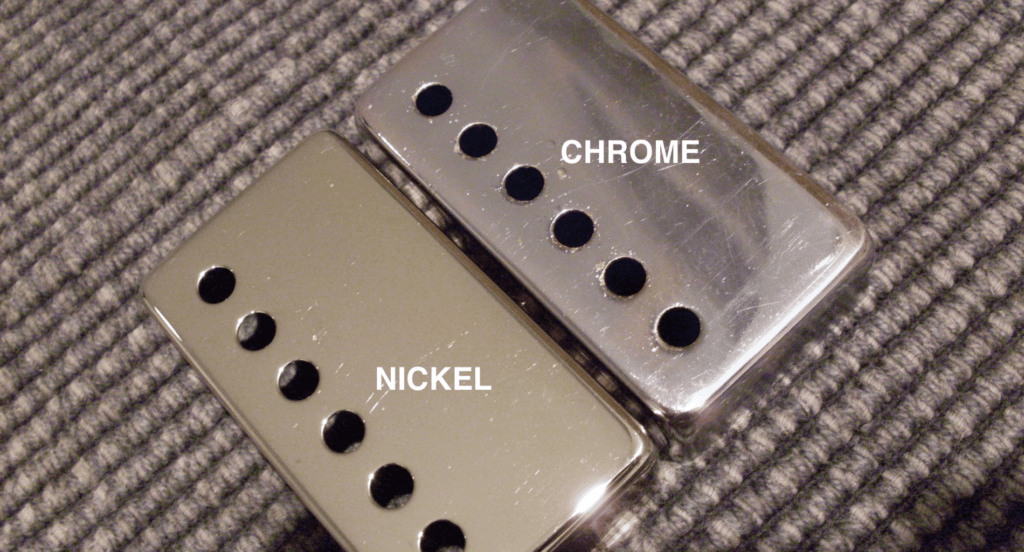
2. Benefits of Chrome and Nickel Plating
Moving from the basics of chrome and nickel plating, let’s explore the diverse benefits these processes bring to the table, contributing to the efficiency and appeal of finished products. Here are some of its benefits:
Enhanced Surface Hardness
A key benefit of these platings is the considerable increase in surface hardness they provide. This enhanced hardness translates into improved resistance to dents, scratches, and other forms of mechanical damage. It’s a vital attribute for components used in tough environments, contributing to their longevity and sustained performance.
Thermal Stability
Both chrome and nickel platings exhibit excellent thermal stability, maintaining their integrity and appearance even under high temperatures. This characteristic makes them suitable for applications in industries where components are regularly exposed to extreme thermal environments. The ability to withstand high temperatures without degrading ensures reliability and safety in such applications.
Enhanced Chemical Resistance
Chrome and nickel plating offer significant resistance to a variety of harsh chemicals. This quality is crucial in industrial settings where exposure to corrosive substances is frequent. It ensures the longevity and integrity of metal components, safeguarding them against chemical wear and damage.
3. Applications of Chrome and Nickel Plating
Building on the benefits of chrome and nickel plating, it’s time to explore their diverse applications across various industries. Here are key sectors where these plating techniques play a crucial role:
Architectural Hardware
Architectural hardware, including door handles, railings, and fixtures, often utilizes chrome and nickel plating for both aesthetic and practical reasons. In buildings, these coatings not only add a stylish, modern appearance but also protect against wear and corrosion, a necessity in high-traffic areas. Zemetal’s expertise in these plating techniques ensures superior durability and finish for architectural applications.
Oil and Gas Industry
The oil and gas sector relies on chrome and nickel plating for equipment exposed to extreme conditions and corrosive substances. For example, pipes, valves, and other machinery components benefit from these coatings, as they provide enhanced protection against harsh chemicals and environments commonly found in this industry. These coatings stand as silent guardians, protecting essential equipment from tough conditions.
Power Generation Equipment
In the power generation sector, chrome and nickel plating are applied to components exposed to high temperatures and corrosive environments. Turbine blades, heat exchangers, and other critical parts benefit from these coatings, enhancing their resistance to oxidation and wear, which is vital for efficient and uninterrupted power production.
Aerospace Industry
In the aerospace sector, these platings are used to protect components against extreme environmental conditions.They provide essential properties like heat resistance and reduced friction, which are critical for the high-performance demands of aerospace components. Their use ensures both the safety and efficiency of various aerospace applications, from commercial jets to space exploration vehicles.
4. Differences Between Chrome and Nickel Plating
Shifting from the diverse applications of chrome and nickel plating, it’s essential to understand the distinct characteristics that set them apart to choose the right material for specific needs. Here are their key differences:
Visual Appearance
- Chrome Plating: Chrome plating is renowned for its high-gloss, mirror-like finish with unmatched light-reflecting qualities. This bright and shiny appearance makes it a popular choice for decorative purposes, particularly in automotive and consumer goods where aesthetic appeal is essential.
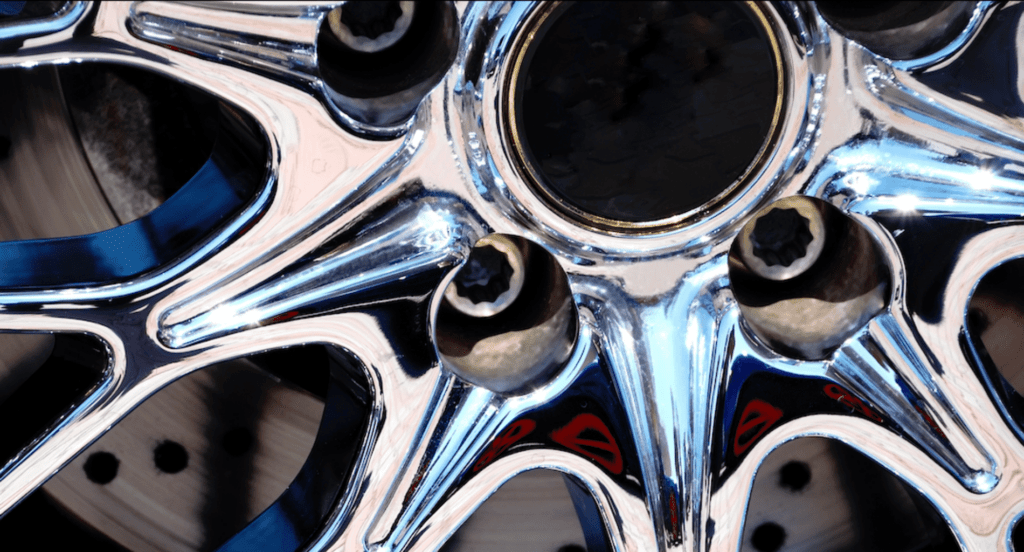
- Nickel Plating: Nickel plating, on the other hand, offers softer, warmer finish, often described as satin-like. This makes it ideal for items where a less flashy, more elegant appearance is desired, making it highly valued in applications like electronics and interior hardware.
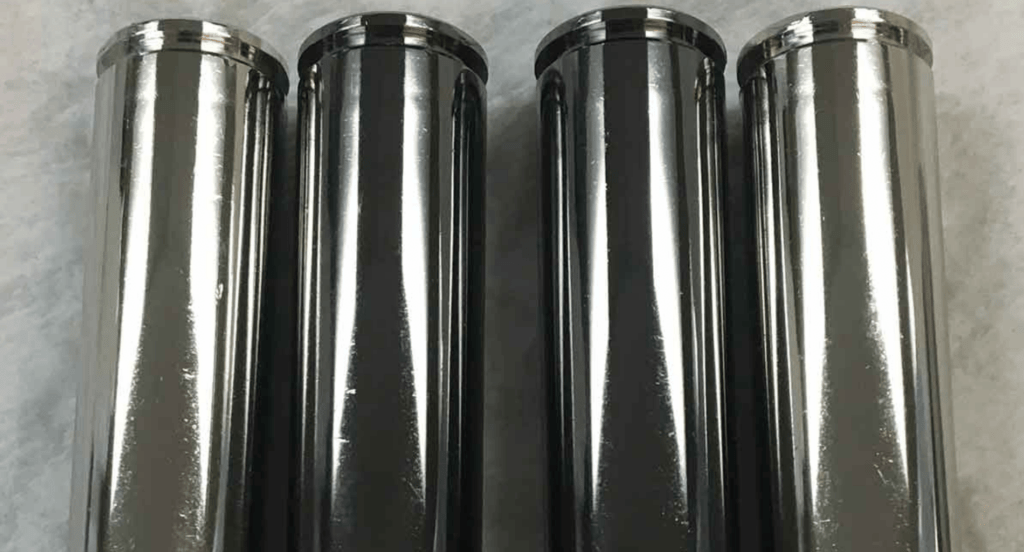
Corrosion Resistance
- Chrome Plating: Besides the aesthetic value, this plating offers an excellent layer of protection against corrosion. It’s ideal for parts exposed to severe weather or corrosive agents, prolonging their life and preserving appearance and integrity.
- Nickel Plating: This provides good corrosion resistance, though slightly less strong than chrome in very harsh conditions. Its capacity to create a uniform protective layer makes it effective in guarding against oxidation and wear. This reliability makes it a solid choice for various industrial and consumer uses.
Application Process
- Chrome Plating: Chrome plating is a complex process involving thorough cleaning, multiple plating layers (including nickel), and a final chrome layer. This multi-layer approach is crucial for achieving chrome’s shiny finish and corrosion resistance. The complexity of the process affects plating cost and time.
- Nickel Plating: Nickel plating is a simpler process compared to chrome. It involves a single layer applied directly onto the metal surface after proper cleaning and surface preparation. This simplicity offers flexibility and cost effectiveness, making it ideal for industrial applications where a top-notch finish isn’t the main focus.
Wear Resistance
- Chrome Plating: Chrome’s hardness and smooth surface make it highly wear-resistant, making it ideal for items exposed to frequent handling and environmental elements, such as automotive parts and bathroom fixtures. This durability ensures long-lasting visual appeal and functionality in chrome-plated objects.
- Nickel Plating: Nickel plating offers excellent wear resistance, although it’s slightly softer than chrome. It provides a durable coating suitable for industrial and household items that need long-lasting protection, without the high gloss of chrome.
5. Troubleshooting Common Plating Issues
After understanding the differences between chrome and nickel plating, it’s vital to address common obstacles encountered for maintaining quality and consistency in the process. Here are the key issues and their solutions:
Adhesion Problems
Adhesion problems in chrome and nickel plating can arise from inadequate surface preparation or contamination. Ensuring that the metal surface is thoroughly cleaned and free from oils, dirt, and oxidation before plating is critical. Proper pre-treatment processes and a controlled plating environment can significantly minimize adhesion issues. Attention to these details can make all the difference.
Uneven Coating
Uneven coating is often a result of inconsistencies in the plating process, such as irregular current density or improper bath composition. Maintaining a uniform distribution of the plating solution and regular monitoring of the electroplating parameters are essential for achieving even coverage. Adjustments to the plating bath and equipment settings can help resolve this issue.
Pitting and Blisters
Surface defects like pitting and blistering commonly occur when gases or impurities get trapped on the surface of the material. Ensuring a thorough cleaning process to remove all contaminants and careful control of the plating bath conditions can prevent these defects. Regularly filtering the plating solution and avoiding excessive agitation are also effective strategies.
Effective prevention of surface defects in plating involves meticulous control and cleaning measures, as summarized in the table below.
| Prevention Strategy | Description |
| Thorough Cleaning Process | Ensures complete removal of contaminants from the material surface before plating. |
| Controlled Plating Bath | Maintains optimal conditions within the plating bath, preventing gas or impurity entrapment. |
| Regular Plating Solution Filtering | Filters the plating solution to remove impurities and maintain solution integrity. |
| Avoidance of Excessive Agitation | Minimizes agitation during the plating process to prevent gas or impurity inclusion. |
| Monitoring Bath Conditions | Regularly monitoring and adjusting bath parameters to prevent conditions favoring defects. |
Dull Finishes
Dull finishes in chrome and nickel plating can result from incorrect bath temperatures, improper cleaning, or inadequate post-plating treatment. Controlling the plating bath temperature within the optimal range and ensuring the metal surface is free from contaminants are key. Additionally, applying the correct polishing and buffing techniques post-plating can significantly enhance the finish’s glow.
6. 4 Tips for Maintaining and Preserving Chrome and Nickel-Plated Items
Once common plating issues are recognized, exploring proper maintenance is crucial to ensure the longevity and shine of chrome and nickel-plated items. Here are key tips to help in maintaining these valuable metal finishes:
#1 Gentle Cleaning Techniques
To maintain the integrity of chrome and nickel-plated surfaces, gentle cleaning is vital. Use a soft, non-abrasive cloth and a mild cleaning solution, avoiding harsh chemicals and scouring pads that can scratch or damage the plating. Regular, gentle cleaning prevents the accumulation of dirt and grime, keeping the surfaces looking exceptionally clean and well-maintained.
#2 Avoiding Environmental Damage
Protect chrome and nickel-plated items from harsh environmental conditions such as extreme temperatures, humidity, and exposure to corrosive substances. Store the items in a controlled environment where they are less likely to encounter these damaging elements. This approach significantly reduces the risk of corrosion and tarnishing.
#3 Immediate Attention to Spills and Stains
In the event of spills or stains on the items, immediate cleaning is essential. Leaving materials on the surface for extended durations can result in staining and etching, which can be challenging to reverse. A quick response with a gentle cleaner and soft cloth can prevent permanent damage.
#4 Routine Inspection and Care
Regularly inspect chrome and nickel-plated items for signs of wear, corrosion, or damage. Early detection of issues such as pitting, flaking, or dullness allows for timely intervention and maintenance. This routine care is key to preserving the aesthetic and functional qualities of the plating for years to come.
7. Future Trends in Chrome and Nickel Plating
Building on the maintenance and preservation techniques, it’s crucial to look forward at the evolving trends shaping the future of chrome and nickel plating. Here are the vital developments to watch out for:
Automated Plating Systems
Automation is key for the future of chrome and nickel plating. Automated plating systems, guided by advanced software and robotics, aim to increase efficiency, reduce human error, and ensure consistent quality. This trend is particularly crucial in meeting the high-volume demands of industries while maintaining strict quality standards. Zemetal is committed to integrating such automation technologies to enhance plating services.
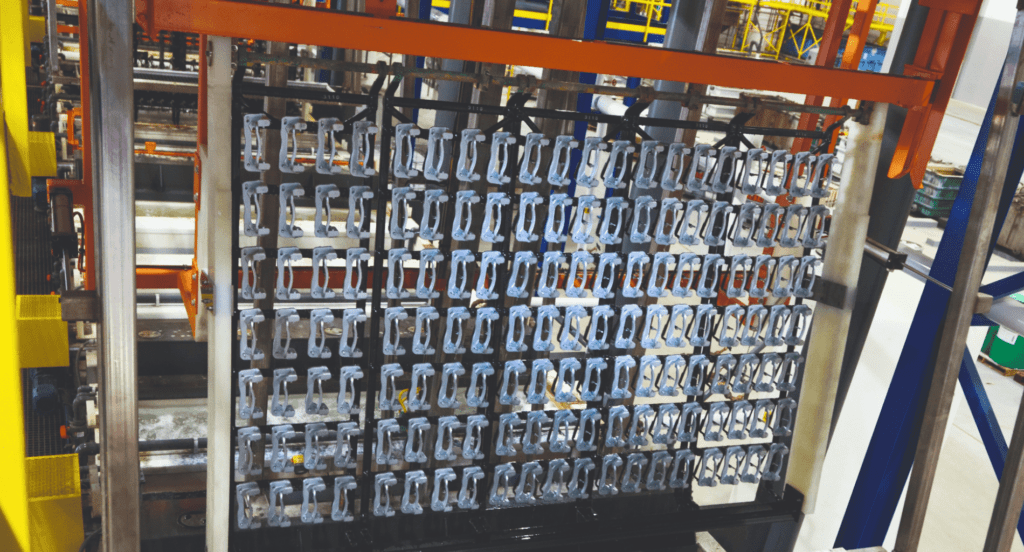
Nanotechnology in Plating
The integration of nanotechnology in chrome and nickel plating is set to transform the industry. Nanotech-enhanced plating offers precision and quality by manipulating materials at the molecular level. It enhances surface hardness, corrosion resistance, and opens new possibilities for high-tech applications in various industries. For example, nano-plated turbine blades could exhibit longer lifespans and better efficiency.
Smart Coatings
With a particular emphasis on innovative smart coatings in chrome and nickel plating, the market is projected to grow at 16.95% CAGR from 2023 to 2028, as per Mordor Intelligence. These advanced coatings are designed to respond dynamically to environmental changes, like temperature, light, and chemicals. This adaptability improves plating protection and offers innovative applications across diverse sectors.
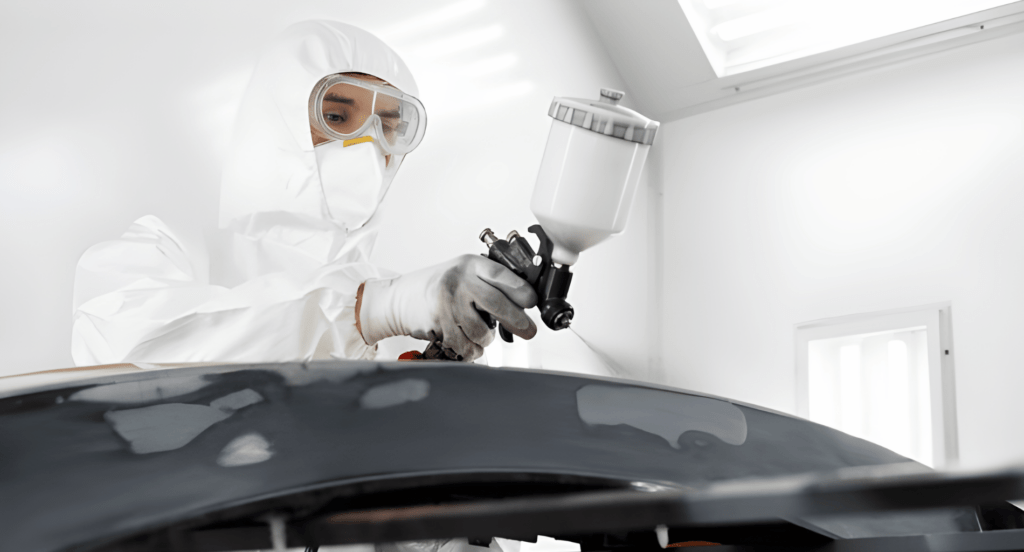
3D Printing Compatibility
With the rise of 3D printing, compatibility with this technology is becoming a crucial aspect of chrome and nickel plating. Future advancements are focused on developing plating techniques that are suitable for 3D printed materials, allowing for the creation of complex, customized parts with enhanced surface properties. This trend signifies a major step towards more personalized and on-demand manufacturing options.
Conclusion
Chrome and nickel plating are crucial aspects of advanced metal finishing, providing both visual appeal and practical advantages. This guide has provided a deeper understanding of their applications, enhancing decision-making for your manufacturing processes.
If you are looking to improve your metal plating capabilities, Zemetal offers specialized solutions tailored to your needs. Reach out to us to discover how our expertise can benefit your operations.
Dive Deeper Into Our Resources
For some insightful reads, we’ve curated a list of recommended articles just for you:
Still haven’t found what you’re looking for? Don’t hesitate to contact us. We’re available around the clock to assist you.








